Stormwater user fees have provided many Canadian municipalities with stable, dedicated funding for critical stormwater services, while stormwater credit programs can lower stormwater charges and potentially incentivize private properties owners to implement stormwater best management practices (BMP). However, in the quest to achieve widespread BMP uptake, municipalities are increasingly looking beyond a standard credit program to a more nuanced and diverse approach to incentivizing stormwater management efforts.
A proven approach to funding infrastructure
Canadian municipalities have long struggled with the ballooning costs associated with building, maintaining, and retrofitting stormwater infrastructure. These costs are magnified through pressures that include aging infrastructure nearing the end of its life cycle, a lack of stormwater infrastructure within legacy development, increased impermeable surfaces that exacerbate runoff and flooding, and a changing climate that will result in more extreme storm events.
However, unlike other water- and wastewater-related municipal services typically charged as user-based utilities, stormwater services in Canada have historically been funded through property taxes. This forces stormwater management to compete with other municipal services for funding. It also bases rates on property value rather than a property’s actual use of the stormwater system.
To address these issues, many Canadian municipalities have either moved to, or are exploring, stormwater user fees or charges, with at least 14 municipalities having adopted stormwater charges in Ontario alone. While stormwater charges may vary from simple flat rates to tiered fee structures to individual assessments for each property, they are almost always based on the amount of hard surface that is found, or can be expected, on a property.
The status of stormwater credits in Canada
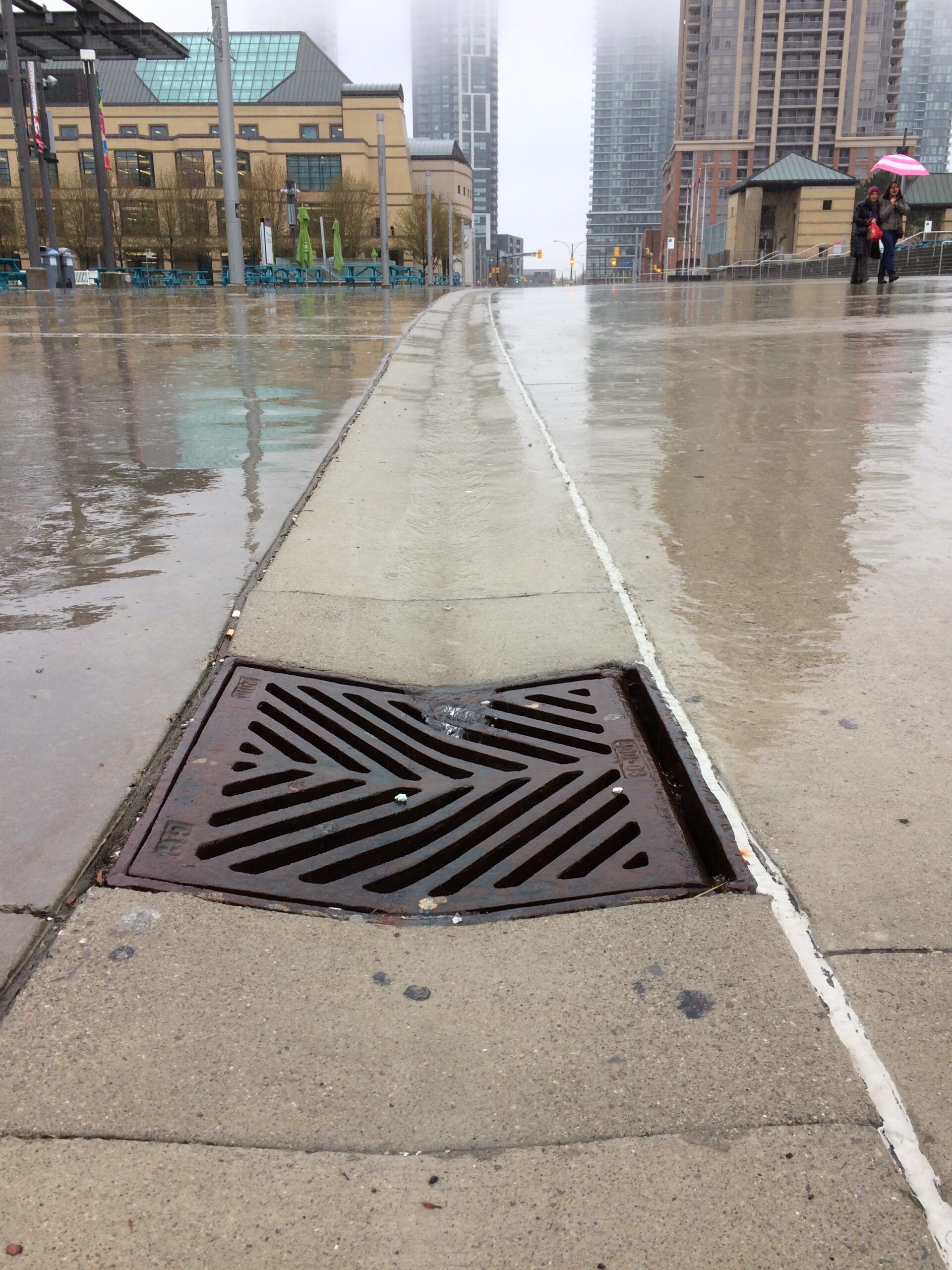
Typically, such incentives take the form of stormwater credits, which reduce the stormwater charge that a property owner pays. Though stormwater credits potentially apply to both residential properties and industrial, commercial or institutional (ICI) properties, most municipalities choose to offer them to ICI properties, which have the highest impervious surface and land uses that may impact water quality. Stormwater credit programs in Canada vary but can provide a maximum stormwater charge reduction of anywhere from 45 per cent to 95 per cent and may encompass many types of BMPs that address peak flow reduction, water quality improvement, infiltration, and education.
However, while stormwater charge-based funding has been transformative for municipalities when it comes to the ability to plan for, build, maintain, and improve critical stormwater infrastructure, they have found less success in incentivizing BMPs on private land through stormwater credits.
Most Canadian municipalities with stormwater credit programs have received far fewer applications for credits than originally expected—often less than five per cent uptake. Other municipalities have received no credit applications, even after several years of operating a stormwater charge.
Expanding incentive approaches
With stable funding, there are also opportunities to explore and experiment with new approaches to incentivizing the adoption of BMPs. While addressing the current municipal infrastructure burden remains critical, it is recognized that what happens on private properties is also a major key to reducing flood risk, improving water quality in urbanized watersheds, and better educating the public about the importance of stormwater management and how it works.
So what are the triggers that prompt different types of properties to care about stormwater management? What are the right—versus realistic—incentives to spur action? This is what many municipalities are now turning their attention to.
Municipalities are looking at three major questions when it comes to incentivizing BMP uptake:
- Who does your audience go to for information and guidance?
- How can property-specific opportunities be maximized?
- What tools are needed to successfully implement and maintain BMPs?
Finding the right voice to speak to your audience
When it comes to construction and property improvements, it should be no surprise that property owners turn to vendors, contractors, and consultants for guidance. The power of working with vendors cannot be underestimated. As an example, one Canadian municipality that offered an under-subscribed sump pump subsidy for a particular neighbourhood found it was suddenly overwhelmed with applications by residents after local contractors became aware of the subsidy and undertook an aggressive door to door marketing campaign.
Understanding needs—and opportunities—for different properties
Other municipalities with established stormwater charge and credit programs are exploring what property- or area-specific opportunities can be leveraged to increase uptake of BMPs. Recognizing that space constraints limit BMP implementation, and the fact that many properties may share drainage and realize cost benefits with shared BMPs, the City of Mississauga is formalizing a process to administer credits for communal BMPs shared among more than one property to also share stormwater credits.
The right tools for the job
Finally, municipalities are looking carefully at the tools that different types of property owners need to truly energize uptake of BMPs. It is recognized that the stormwater charge reductions offered by credit programs alone often offer insufficient payback periods. But even the provision of additional financial incentives, such as grants, rebates, or subsidies, is more effective when paired with the guidance and expertise that many property owners crave in order to build the confidence and understanding needed to both implement BMPs and maintain them over the long term.
This pairing of financial and knowledge resources has shown promise even in the residential sector where municipalities often do not offer stormwater credits. For example, since 2019, the City of Guelph has offered a rain garden rebate program that pairs free home visits and in-depth guidance from a community organization, REEP Green Solutions, with a rebate of up to $2,000 for residential property owners to implement a rain garden. This popular program has seen impressive uptake and actual implementation of residentially-appropriate stormwater BMPs.
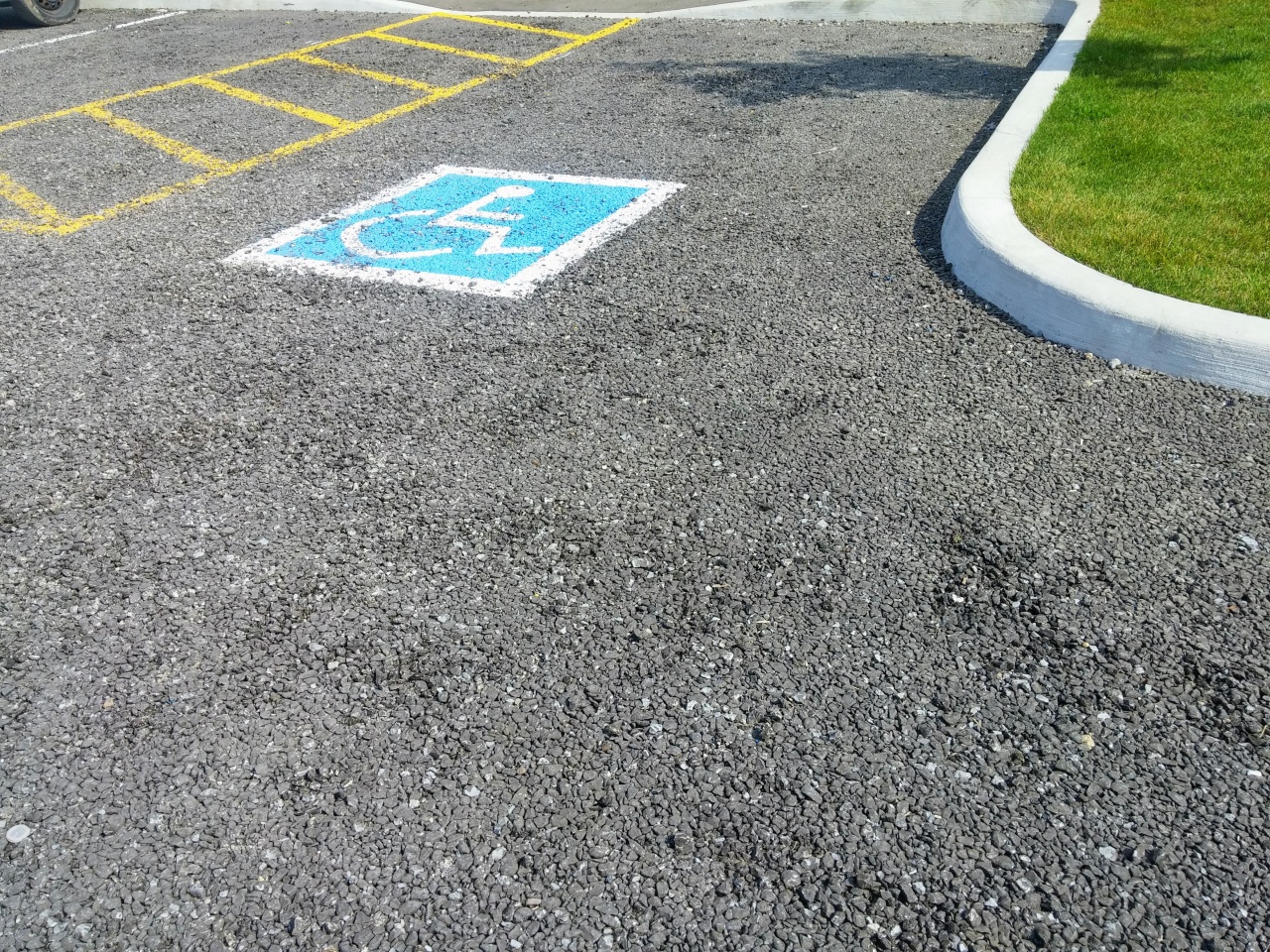
Municipalities are also looking to partner with organizations that hold relevant expertise to help increase uptake of BMPs. For example, Partners in Project Green (PPG) is a collaboration between Toronto and Region Conservation Authority (TRCA), its partner municipalities, and the Greater Toronto Airports Authority. PPG works closely with businesses and municipalities to leverage different layers of internal and external expertise, as well as funding opportunities, to build the business case to implement sustainability measures, including those related to stormwater management.
Similarly, the conservation authority-led Sustainable Technologies Evaluation Program (STEP) offers training in building, operating, and maintaining BMPs. It also undertakes cutting edge research with both municipalities and companies to assess and identify the most effective approaches to stormwater management. Both PPG and STEP are working closely with municipalities to find creative ways to make BMPs feasible for businesses.
Looking to a resilient future
Ultimately the goal of incentivizing stormwater BMPs is to normalize widespread implementation. Stormwater credits remain a good starting point but municipalities that are serious about diversifying stormwater management need to be creative when looking at both the public system and beyond it.
Further options could include:
- Creating a market for stormwater credit trading.
- Integrating the valuation of ecological services into green infrastructure BMPs.
- Creating an appetite among consumers for businesses and neighbourhoods that are stormwater management champions.
Finding the right combination of approaches may be tricky. But with stable funding and a culture of learning and experimentation, the reward of resilient communities and healthy rivers is within reach for municipalities.
This article was written by Dr. Victoria Kramkowski, government and community relations specialist at the Toronto and Region Conservation Authority (TRCA), for the May/June 2021 issue of Water Canada.
Header Image Credit: Credit Valley Conservation (CVC).

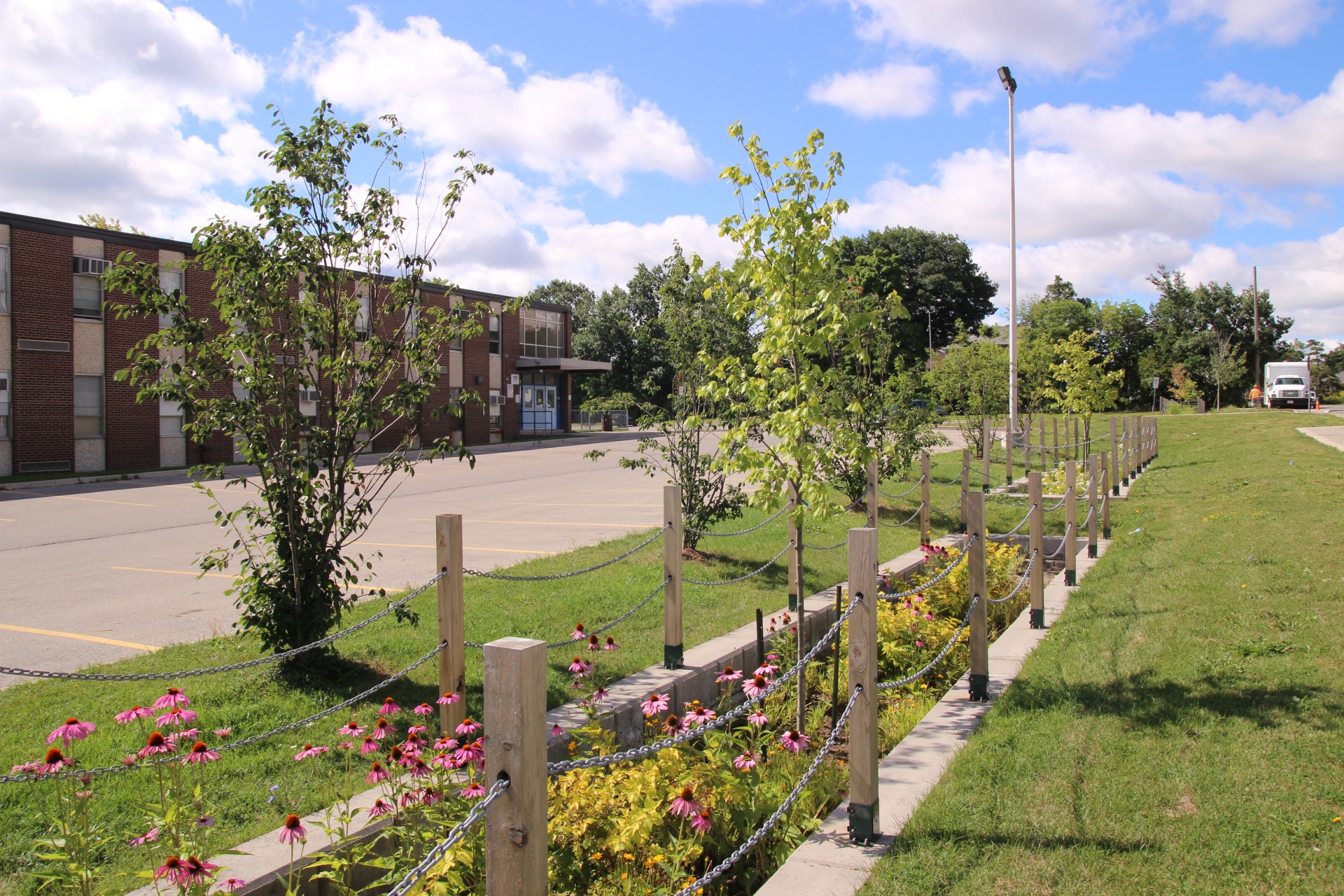


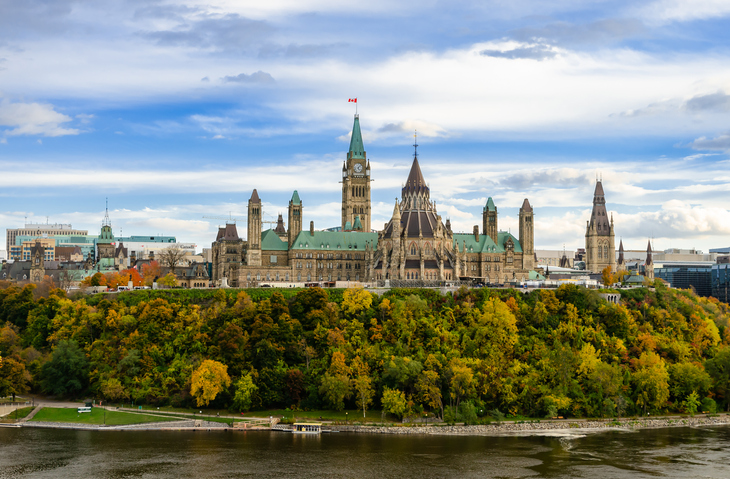

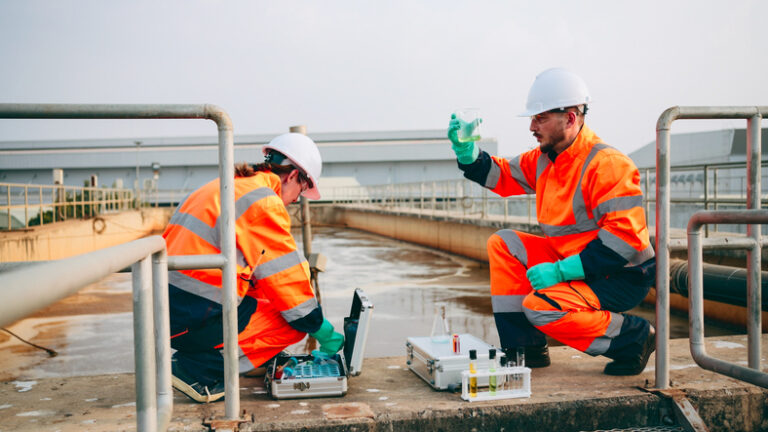



Great article! Thank you